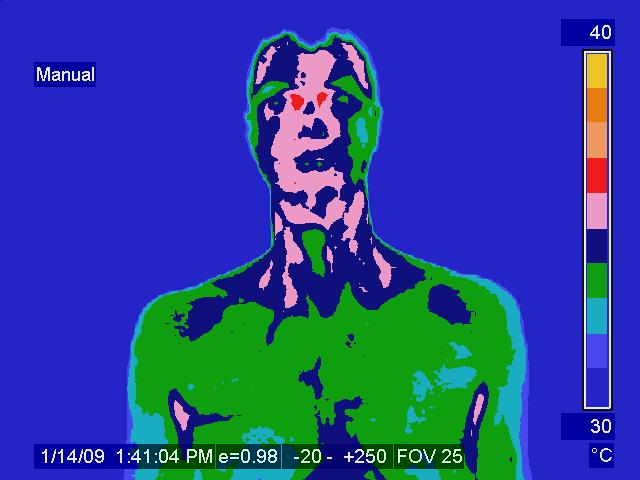Barre lieou
|
WikiDoc Resources for Barre lieou |
|
Articles |
|---|
|
Most recent articles on Barre lieou Most cited articles on Barre lieou |
|
Media |
|
Powerpoint slides on Barre lieou |
|
Evidence Based Medicine |
|
Clinical Trials |
|
Ongoing Trials on Barre lieou at Clinical Trials.gov Clinical Trials on Barre lieou at Google
|
|
Guidelines / Policies / Govt |
|
US National Guidelines Clearinghouse on Barre lieou
|
|
Books |
|
News |
|
Commentary |
|
Definitions |
|
Patient Resources / Community |
|
Patient resources on Barre lieou Discussion groups on Barre lieou Patient Handouts on Barre lieou Directions to Hospitals Treating Barre lieou Risk calculators and risk factors for Barre lieou
|
|
Healthcare Provider Resources |
|
Causes & Risk Factors for Barre lieou |
|
Continuing Medical Education (CME) |
|
International |
|
|
|
Business |
|
Experimental / Informatics |
Editor-In-Chief: Robert G. Schwartz, M.D. [1], Piedmont Physical Medicine and Rehabilitation, P.A., Ross Hauser, M.D. [2], Physical Medicine and Rehabilitation Specialist, Oak Park, IL
Overview
The "Posterior Cervical Sympathetic Syndrome of Barre-Lieou consists of headache, neck pain, blurred vision, tinnitus, dysphagia and paresthesias. Common clinical presentations include mixed headaches, vasomotor headache and complicated flexion-extension (whiplash) injuries.
Historical Perspective and Etymology
In 1925 Jean Alexandre Barre, M.D., a French Neurologist described a syndrome consisting cervicogenic headache in association with ringing in the ears, blurred vision, trouble swallowing and vertigo. The majority of these symptoms were thought to be due to over activity in the posterior cervical sympathetic nervous system (a group of nerves located near the vertebrae in the neck).
The syndrome was again described in 1928 by Yong-Choen Lieou, a Chinese physician. In 1947 Louis Gayral published "Oto-neuro-opthalomologic Manifestations of Cervical Origin" in The Lancet. The article was subtitled the "Posterior Cervical Sympathetic Syndrome of Barre-Lieou" and the name Barre-lieou for the syndrome has been popularized ever since.
Pathophysiology
It has been hypothesized to be due to a traction injury of the posterior cervical sympathetic chain in association with musculoskeletal injury of the head or neck.
Causes
Common Causes
- Traumatic flexion-extension movement
Complete List of Causes in Alphabetical Order
- Autoimmune disorders
- Gunshot wounds
- Infection
- Traumatic flexion-extension movement
Epidemiology and Demographics
Barre Lieou syndrome is listed as a "rare disease" by the Office of Rare Diseases (ORD) of the National Institutes of Health (NIH). This means that Barre Lieou syndrome, or a subtype of Barre Lieou syndrome, affects less than 200,000 people in the US population.
Diagnosis
Symptoms
The identifying factors that distinguish Barre-Lieou from other injuries of the head and neck include involvement of the autonomic nervous system. The most commonly described symptoms include tinnitus, vertigo (dizziness, nausea, vomiting, blurred vision, tearing of the eyes and sinus congestion however other symptoms may also include swelling on one side of the face, localized cyanosis (bluish color) of the face, facial numbness, hoarseness, shoulder pain, dysesthesias (pins and needles sensations) of the hands & forearms, muscle weakness and fatigue.
Laboratory Findings

Sympathetic Skin Response studies (Thermography) are an excellent diagnostic tool for Barre- Lieou [3]. Sympathetic Skin Response studies are a fractal measurement of galvonic impedance. Since both vasomotor and sudomotor physiology is controlled by the autonomic nervous system, assymetry patterns (reduced galvonic impedance or cold regions) in facial structures, especially when seen in association with localized hot spots in the ipsilateral omohyoid or nuchal ligament.
Other diagnostic techniques are dependent upon clinical response to treatment of the underling disorder. Sphenopalatine ganglion or Superior Cervical Sympathetic ganglion blocks can provide dramatic relief. If a C23 interspinous ligament strain is the underlying generator then local injection at that local can be curative.
Treatment

Many of the same injections (Sphenopalatine ganglion or Superior Cervical Sympathetic ganglion blocks) used for diagnosis are also used for treatment. Using a hit or miss approach to treatment by selecting a particular block based upon symptoms alone is far less effective then block selection based upon objective findings with Sympathetic Skin Response studies (Thermography) however. In addition to employing sympathetic block, treating the underlying source, or generator of sympathetic response, can be curative [4].
Prolotherapy can be very effective in treating the underlying source, especially if the sympathetic response is due to underlying ligament strain (such as the nuchal ligament, C23 interspinous ligament) or tendinosis (especially at the nuchal ligament). As with all sympathetic pain syndromes, it is best to block above the sympathetic response and to do so before trying to treat the underlying source.
Medications by mouth, including muscle relaxers, NSAID's, analgesics and hypnotics are often helpful, however due to the autonomic manifestations seen with Barre- Lieou vasoactive agents such as clonidine, oral magnesium supplements or Epsom salts baths can often be even more effective.
Restorative therapy, including the use of physical agents such as electrical stimulation, TENS and ultrasound, are helpful adjunct treatments. Stretching what is tight and reeducating what is weak are often more helpful then exercise directed toward strengthening.
Prognosis
For most cases the prognosis is good, however recalcitrant cases of Barre-lieou are common place. There is a tendency for symptoms to improve over time, but it can take years. More severe cases are disabling and less severe cases just a detractor to quality of life. With proper care and treatment symptoms do frequently respond more quickly then without treatment, so like other sympathetic pain syndromes aggressive care is recommended.
Similar disorders
CRPS, RSD, Vasomotor migraine, Cluster headaches, Atypcial facial pain and certain cases of TMJ can produce similar symptoms. When they do it is essentially a result of autonomic involvement.